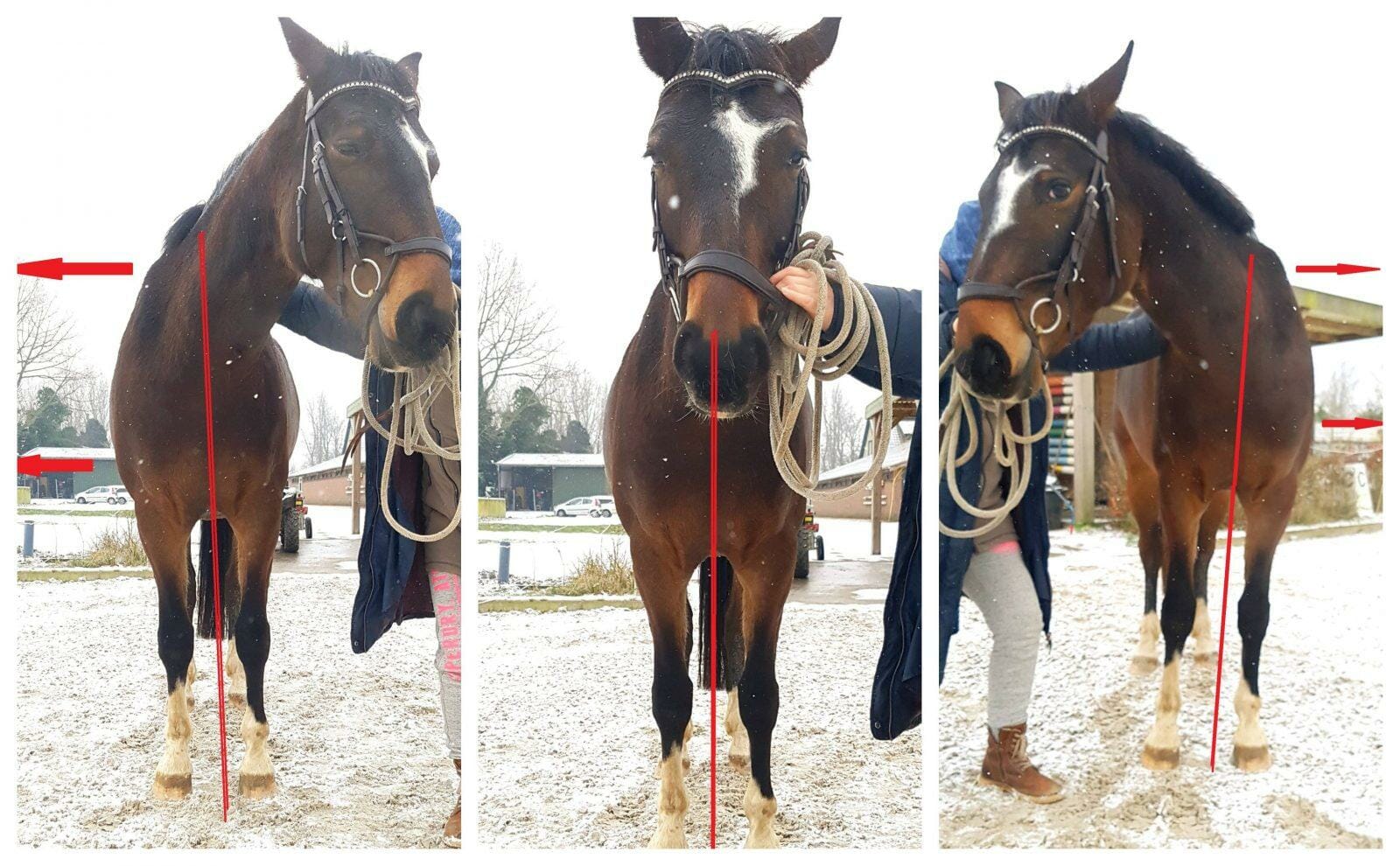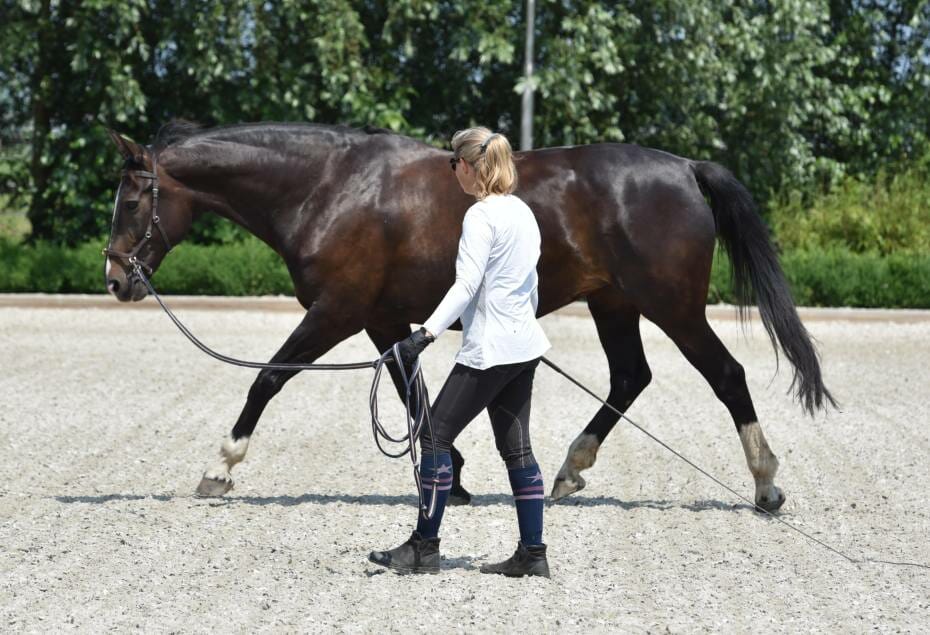VERTICAL BALANCE – AN INTRODUCTION BY DR KARIN LEIBBRANDT
As a veterinarian, I have been confronted with many cases of lameness – especially in the front legs; tendon injuries, problems in the navicular area or the fetlock joints. What has often suprised me is the age of the horses. Young horses were already struggling with lameness and back pain. The cure for these problems was rarely very effective, or in the case of tendon injuries, the problems would return very often.
This is why I started to search for answers. Why do horses get lame? Why do they suffer from back pain and osteoartritis at the base of the neck? And since we can not cure this very succesfully, how can we prevent it?
The answer was simple and difficult at the same time. The cause is: “what we do with horses”. It’s the way we keep them, feed them, take care of their feet, the rider, the saddle and especially the training.
In the past 17 years I’ve been searching for answers in all the areas that contribute to a healthy horse. My special interest is the training and the answers I’ve found have already helped many riders to train their horses in a harmonious way. Training them to be strong, healthy and mentally balanced horses. This way riders can prevent injuries and even rehabilitate their horses.
Many trainers with a long record of courses and experience have joined my classes and they all share one reaction – ”this is the missing link”. By this they mean the VERTICAL BALANCE.
WHAT IS VERTICAL BALANCE?
Vertical balance is the balance in the vertical plane; the left to right balance of the horse. Seen from the front it means that the trunk of the horse is exactly in the middle of the shoulder blades. This sounds very logical I guess, but most horses place their trunk more to the left or to the right. In this case there is too much weight on one of the front legs.
The main reason for this is the natural crookedness of the horse. All horses are bent to the left or the right.
The movement of the trunk is bigger then you’d expect and the modern sporthorse with his tall, long and elegant body with big movements has more trouble to find vertical balance and stay there. But vertical balance is especially important for these horses.
RECOGNIZING VERTICAL BALANCE ISSUES
 The horse on the left above shows a left bent horse, falling on the right shoulder. You can see how the thorax rotates, including the withers. The right shoulder lowers and goes to the right. The head needs to go into the opposite direction to stay in balance. This means that the head goes up and to the left. The horse in the middle is in vertical balance, and the horse on the right is a right bent horse, falling on the left shoulder.
The horse on the left above shows a left bent horse, falling on the right shoulder. You can see how the thorax rotates, including the withers. The right shoulder lowers and goes to the right. The head needs to go into the opposite direction to stay in balance. This means that the head goes up and to the left. The horse in the middle is in vertical balance, and the horse on the right is a right bent horse, falling on the left shoulder.
Other reasons why horses put more weight on one shoulder include their natural tendency to turn by dropping on their inside shoulder, injuries, compensation patterns for old injuries or incorrect training. Therefore, determining the underlying natural crookedness and correcting vertical balance requires careful consideration of the individual horse by a trained eye. Please stay tuned to learn more and train your own eye!
To find out more about compassionate training techniques and all the biomechanics behind a balanced horse, please visit www.equitopia.com for a video course and book on this subject. This will provide you with all the details you need to change your horse’s life and let him experience comfort and confidence during the training. In the past 17 years that I’ve been training horses and riders I could always tell when a combination had found it’s balance – the snorting of the horse, the effortlessly moving horse and the smile on the face of the rider!






